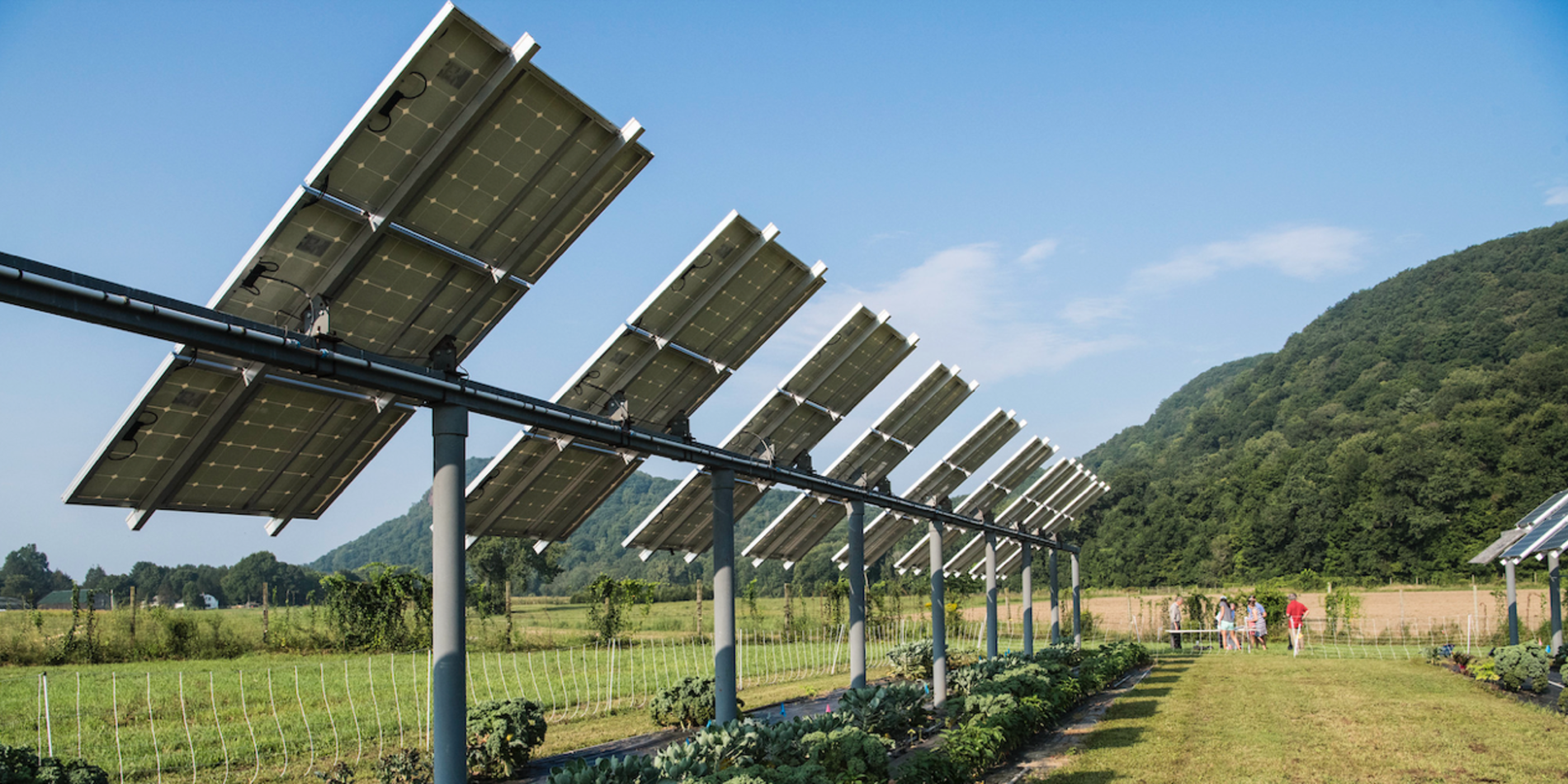Precourt Institute and TomKat Center award $2.1 million for energy research
The Precourt Institute for Energy and the TomKat Center for Sustainable Energy at Stanford have awarded 12 faculty seed grants totaling $2.1 million for groundbreaking research on clean energy. Launched in 2010, the seed-grant program funds faculty research with the potential for high impact on energy supply and use.
“This year we expanded our request for proposals to include energy research for developing countries,” said Precourt Institute co-director Sally Benson, a professor of energy resources engineering. “We also put out a special call for collaborations between scientists at Stanford and the SLAC National Accelerator. I’m pleased to say that we received nearly 50 proposals on a broad range of projects and selected 12 for funding.”
Precourt Institute for Energy
The Precourt Institute for Energy will fund eight projects, including research on nuclear waste management and solar energy in sub-Saharan Africa. The institute also awarded three seed grants for collaborative research at Stanford and SLAC:
Biosynthetic modification of cellulose for improved cellulose-to-ethanol conversion: The goal of this project is to develop a new strategy for modifying plants to produce cellulose with enhanced extractability and conversion properties for biofuel production. Principal Investigator (PI): Lynette Cegelski, Chemistry.
‘Reset’ of America’s nuclear waste-management program: The researchers propose a critical analysis of nuclear waste-management policy in the United States and create a handbook to help inform new legislation for waste management in the nuclear-power industry. PI: Rodney Ewing, Geological Sciences, Center for International Security and Cooperation.

Novel architectural principles for extremely energy-efficient information processing: The goal is to develop new theoretical models of energy-efficient data processing that reduce electricity consumption at computer-server farms. PI: Hideo Mabuchi, Applied Physics.
Towards a U.S.-Mexico research collaborative on the energy-water nexus in the context of climate change: Seed money will be used to launch a two-year research project on the water-energy-climate nexus along the U.S.-Mexico border. PIs: Bruce Cain, Political Science, and Robert Jackson, Earth System Science; Co-Investigator: Newsha Ajami, Program on Water in the West.
Assessing the effect of post-sale customer service on solar PV product usage and impacts in Sub-Saharan Africa: The goal is to gain a better understanding of the factors involved in successful consumer adoption of inexpensive solar-powered lanterns in sub-Saharan Africa that could lead to a more sustainable and socially beneficial solar industry. PI: Frank Wolak, Economics, Program on Energy and Sustainable Development (PESD); Co-Investigators: Mark Thurber and Ognen Stojanovski, PESD.
Mechanism for broadband white-light emission from two-dimensional hybrid perovskites: The goal is to understand the light-emissions characteristics of hybrid perovskites to engineer, optimize and control the efficiency of next-generation light-emitting devices. PIs: Aaron Lindenberg, Materials Science and Engineering, SLAC Photon Science; Hemamala Karunadasa, Chemistry.
Defining structure function relationships for di-iron-hydrogenase oxygen tolerance: The long-term objective is to engineer a photosynthetic bacterium that efficiently produces clean hydrogen fuel from sunlight and water. PI: James Swartz , Chemical Engineering, Bioengineering; Marc Deller, ChEM-H, SLAC.
Synthesis, characterization and testing of sorbents for carbon capture: The team will synthesize and characterize promising carbon-based materials for capture of carbon dioxide emissions from natural gas- and coal-fired power plants.PIs: Zhenan Bao, Chemical Engineering, and Jennifer Wilcox, Energy Resources Engineering: Dennis Nordlund and Dimosthenis Sokaras, Stanford Synchrotron Radiation Lightsource at SLAC.
TomKat Center for Sustainable Energy
The TomKat Center has awarded four seed grants for research on distributed energy production and generation. “Three of our grants focus on electricity and the electric grid,” said TomKat Center Director Stacey Bent, a professor of chemical engineering. “The fourth project involves an innovative approach for distributed water purification.”

Hybrid high-voltage grid-scale battery: Researchers will develop a low-cost hybrid battery technology that achieves high energy density at ambient temperatures, fast kinetics and scalability. PI: William Chueh, Materials Science and Engineering.
Demand response: The interweaving of humans and the power grid: The researchers will focus on designing efficient demand-response programs that encourage consumers to use electricity in off-peak hours. PI: Ramesh Johari, Management Science and Engineering.
Electrostatically achieving record low work functions for efficient thermionic energy conversion: The goal is to create a device made with graphene that converts waste heat into electricity more efficiently. PIs: David Goldhaber-Gordon, Physics; Nick Melosh, Materials Science and Engineering.
Water purification as an appliance on solar microgrids: The research goal is to develop a compact solar-powered water purification system that can be deployed in remote areas of the world. PIs: Christopher Chidsey, Chemistry; Juan Santiago, Mechanical Engineering.
The Precourt Institute for Energy serves as the hub of energy research and education at Stanford. The institute’s mission is to advance major global energy transformations by supporting cutting-edge research and developing energy-literate leaders through educational programs and the dissemination of research results.
The TomKat Center for Sustainable Energy supports research, innovation, education and outreach related to energy systems. The center’s efforts focus on meeting challenges in the areas of electricity and transportation, including generation and conversion, transmission and distribution, energy storage, and land and water use.



